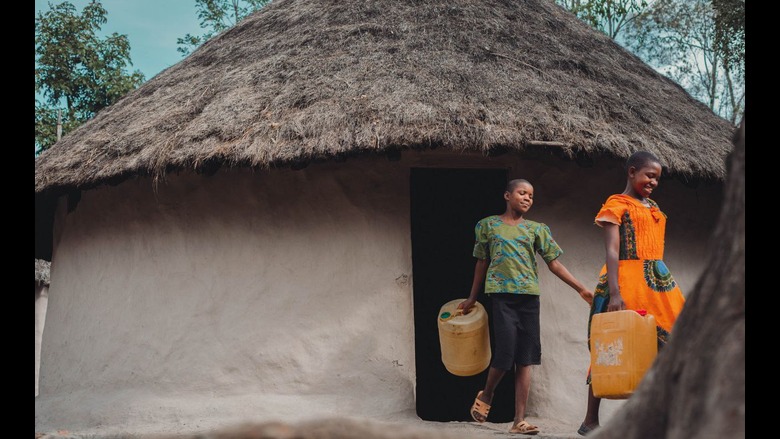The World Bank's groundbreaking new report, "Funding a Water-Secure Future: An Assessment of Public Spending," quantifies for the first time how much governments spend on water and the size of the financing and funding gaps that must close to meet people's needs.
Full Report I Executive Summary
* Translations coming soon
Annual spending on water is $164.6 billion in developing countries, which amounts to roughly 0.5 percent of their GDP. While roughly 91 percent of the annual spending on water above comes from the public sector, including public spending by the government and the SOEs; only less than 2 percent comes from the private sector. Countries need to increase their spending in the WSS subsector by US$131.4 to US$140.8 billion annually—almost tripling current expenditure levels.
This global average, however, masks the stark heterogeneity across different regions and country groups. Sub-Saharan Africa and South Asia face the largest spending gaps. The report identifies critical weaknesses in the sector, such as low budget execution rates and inefficiencies. To bridge these gaps and attract private investment, the report emphasizes the necessity for governments to enhance spending efficiency, catalyzing long term financing, and reforming the water sector towards achieving Sustainable Development Goals for water access by 2030.



